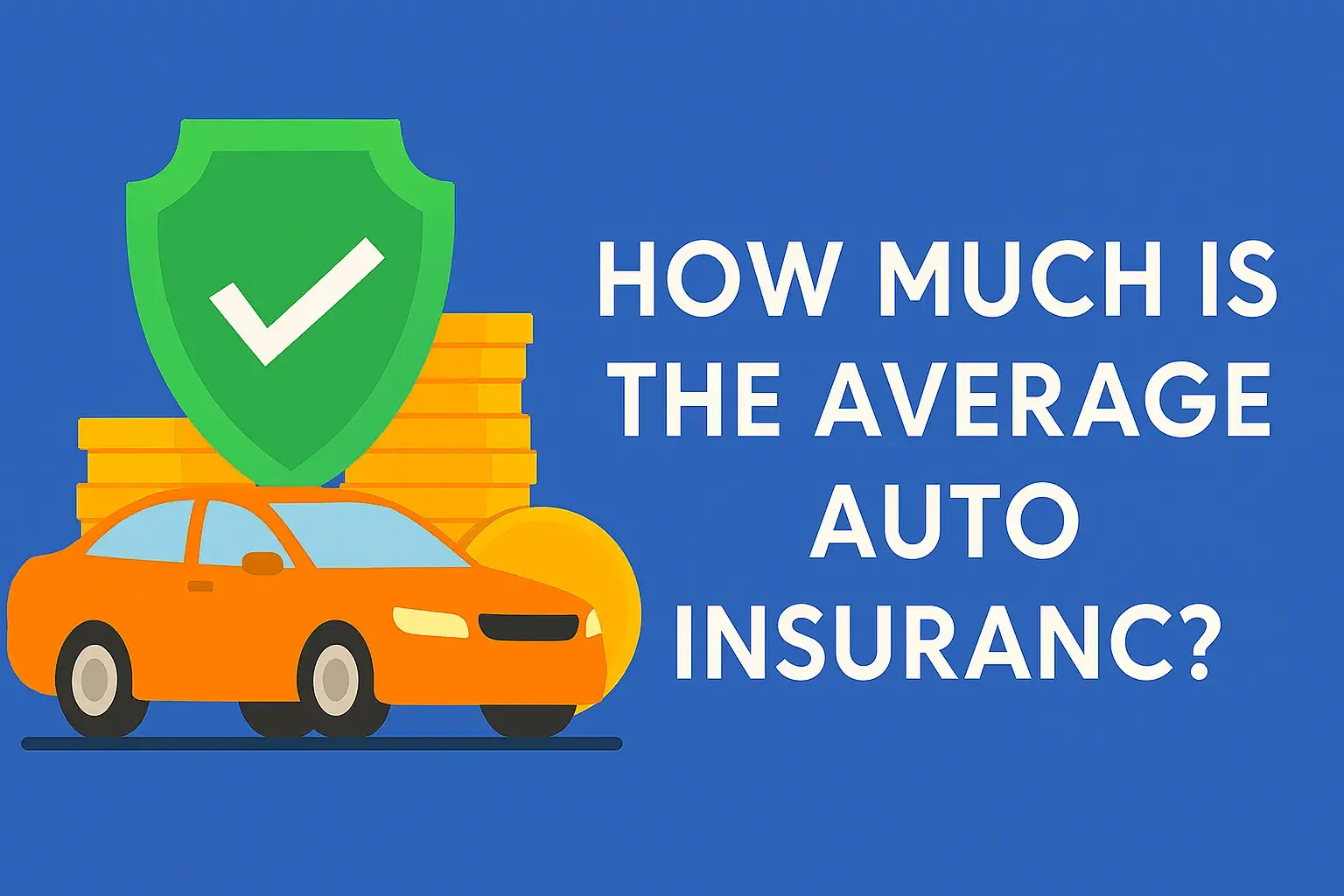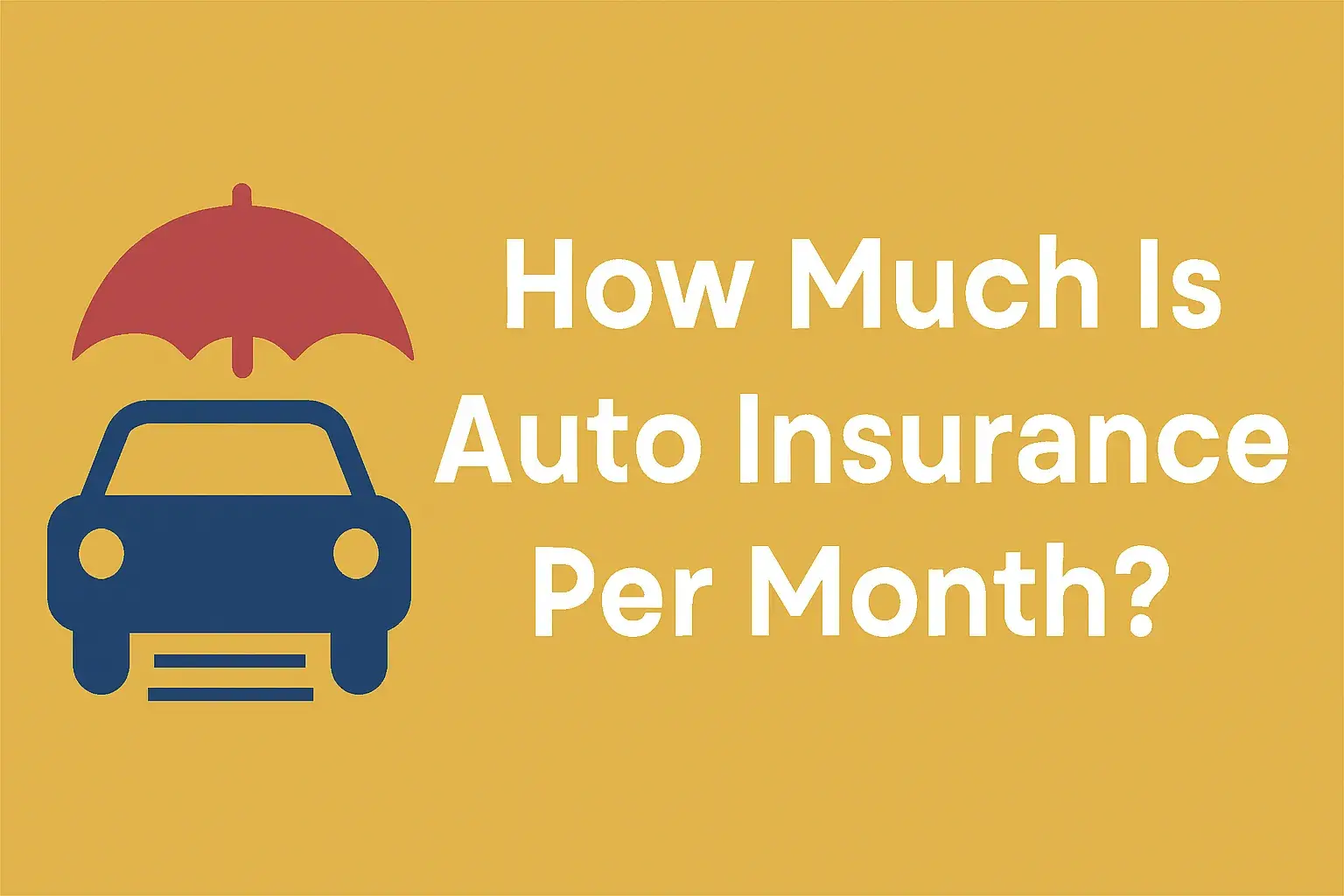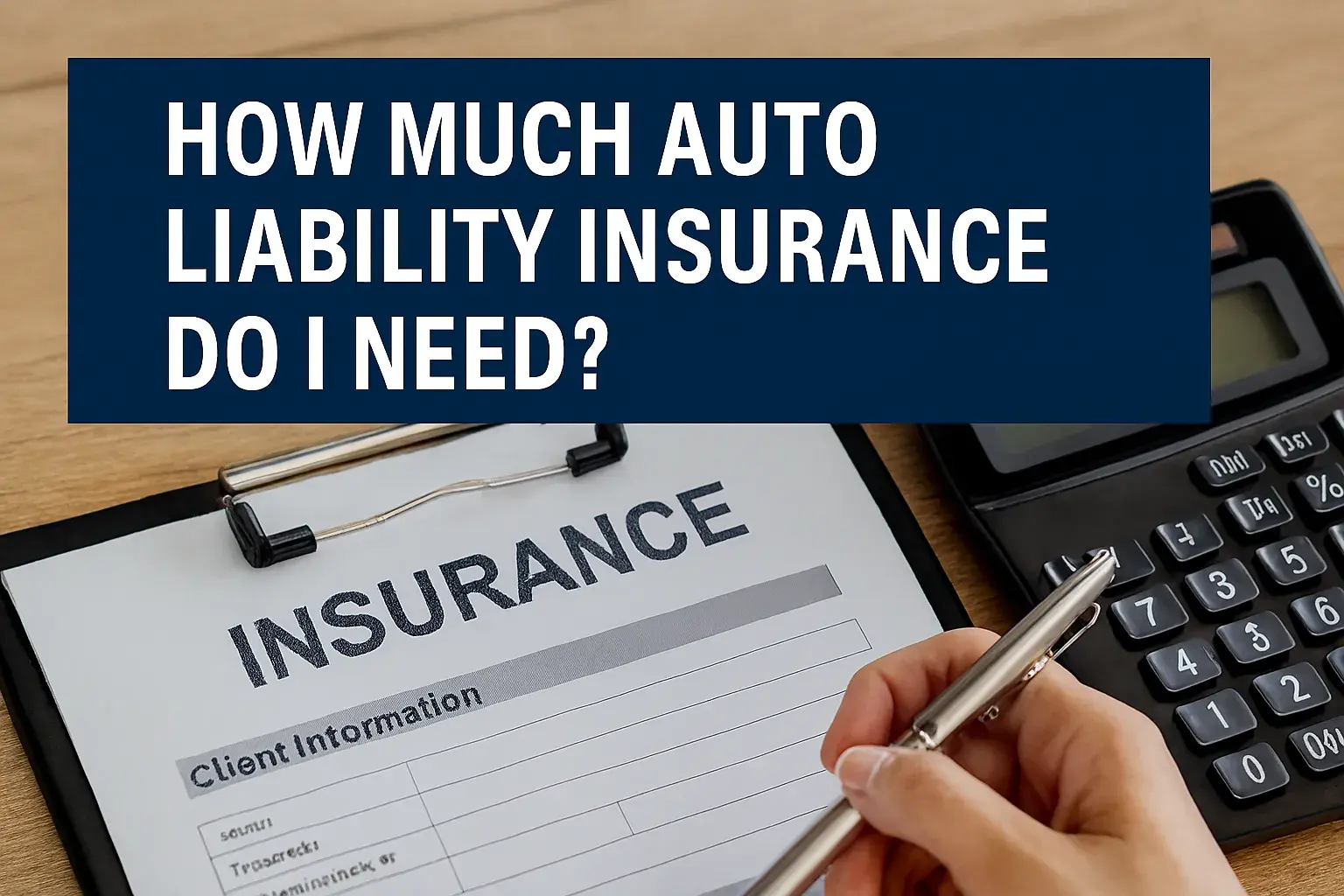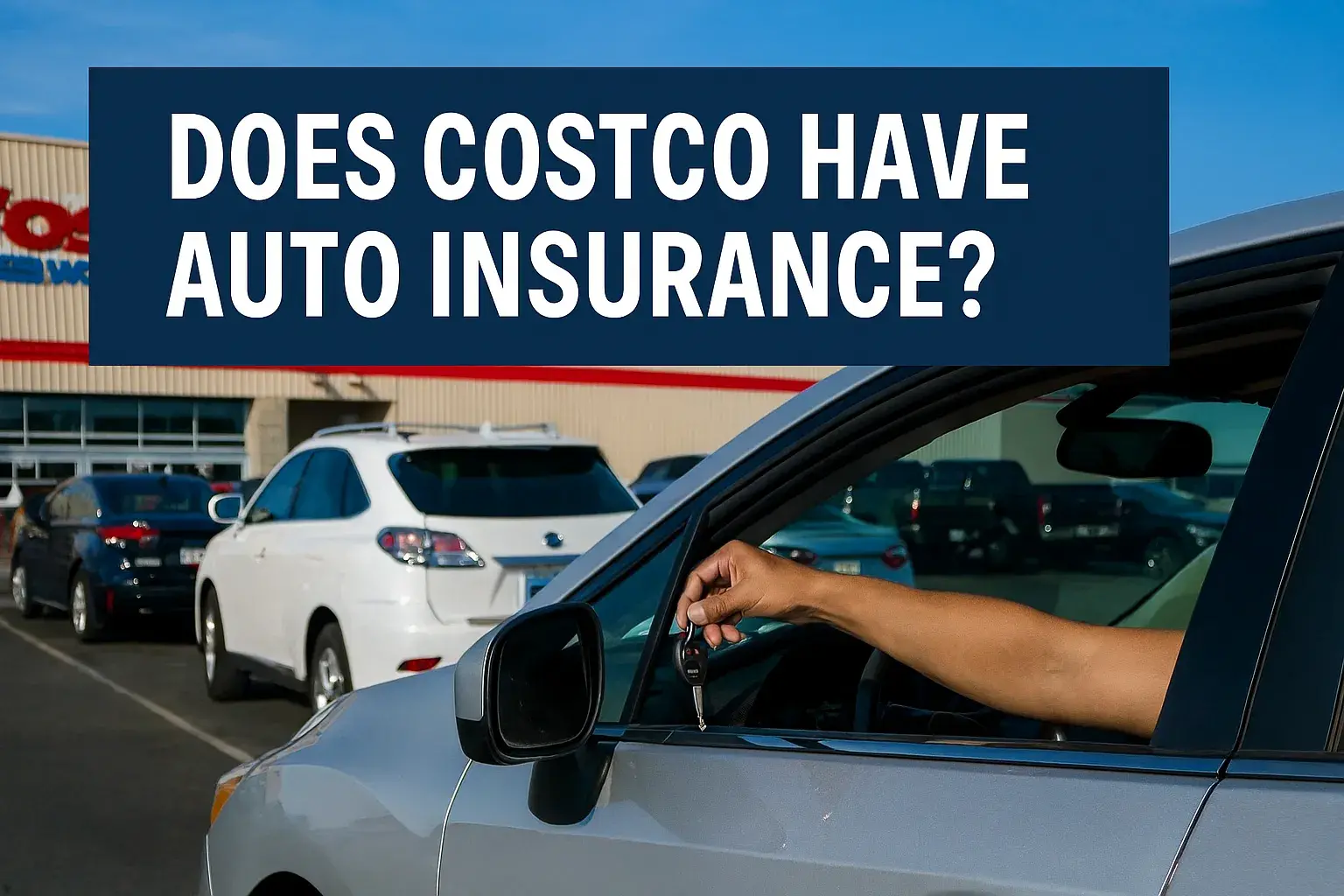17
Oct

Auto insurance is more than just a legal requirement in most states; it's a fundamental financial safety net. It protects you from devastating costs if you're involved in an accident, your car is stolen, or damaged by natural disasters. But for most drivers, the burning question is: "How much is the average auto insurance?"
Understanding the average auto insurance cost is the first step toward becoming a savvy insurance consumer. It provides a crucial benchmark, helping you determine if the quotes you receive are competitive or overpriced. However, the term "average" can be misleading. Your final premium is a highly personalized number, calculated based on a myriad of factors from your driving record to your zip code.
In this definitive guide, we'll dive deep into the latest national and state-level data. We'll break down the numbers for different coverage types, driver profiles, and insurance companies. More importantly, we'll explore the key factors affecting auto insurance rates and provide actionable strategies to help you reduce your average auto insurance premium. By the end, you'll be equipped with the knowledge to budget accurately and find the best possible price for your coverage.
What Is the Average Cost of Auto Insurance in the U.S.?
Before we get into the variables, let's establish a national baseline. According to the latest 2025 data from industry leaders like Quadrant Information Services and the Insurance Information Institute, the average cost of auto insurance in the United States is approximately $2,150 per year for a full coverage policy. That breaks down to roughly $180 per month.
It's critical to distinguish between the two primary types of coverage, as this dramatically impacts the average car insurance cost.
-
Minimum Liability Coverage: This is the bare minimum required by your state's law. It covers costs for the other party if you're at fault in an accident (their bodily injury and property damage). It does not cover your own vehicle or medical bills. The national average for minimum liability coverage is about $650 per year, or $54 per month.
-
Full Coverage Auto Insurance: This is a common term for a policy that includes comprehensive and collision coverage in addition to state-required liability. This protects your own vehicle from damage due to accidents, theft, vandalism, fire, and weather. Lenders typically require it if you lease or finance your car. As noted, the average full coverage auto insurance policy costs around $2,150 annually.
The table below summarizes this data clearly:
| Coverage Type | Average Annual Cost | Average Monthly Cost | What It Covers |
|---|---|---|---|
| Minimum Liability | ~$650 | ~$54 | Other party's injuries/property damage (state minimums). |
| Full Coverage | ~$2,150 | ~$180 | Liability + your own vehicle (comprehensive & collision). |
Table: U.S. National Averages for Auto Insurance (2025 Data).
These U.S. car insurance cost statistics are a starting point, but your personal premium will be calculated based on a much more detailed profile.
Auto Insurance Averages by State
One of the most significant factors influencing your premium is your location. Average car insurance cost by state can vary by hundreds, even thousands, of dollars. Why? State regulations, population density, accident rates, frequency of insurance claims, and even local weather patterns all play a role.
For instance, states with dense urban areas often have higher rates due to more traffic, a greater likelihood of accidents, and higher instances of theft and vandalism. States with severe weather patterns (like hurricanes or tornadoes) also see higher premiums. Furthermore, each state sets its own minimum liability requirements; states with higher minimums naturally have higher baseline costs.
Here is a comparison of the top 5 most expensive and top 5 cheapest states for auto insurance rates by location, based on full coverage averages.
| Top 5 Most Expensive States | Top 5 Cheapest States |
|---|---|
| 1. Florida: (~$3,400/year) - High population, no-fault laws, and widespread fraud contribute to extreme costs. | 1. Maine: (~$1,100/year) - Rural population, low traffic density, and fewer claims. |
| 2. Michigan: (~$3,200/year) - Unique no-fault system with unlimited personal injury protection (PIP). | 2. Vermont: (~$1,200/year) - Similar rural profile to Maine. |
| 3. Louisiana: (~$3,100/year) - High accident fatality rates and expensive litigation. | 3. Ohio: (~$1,250/year) - Competitive insurance market and moderate risk factors. |
| 4. Nevada: (~$2,800/year) - High urban concentration in Las Vegas leads to more claims. | 4. Idaho: (~$1,300/year) - Low population density and crime rates. |
| 5. Kentucky: (~$2,750/year) - High litigation costs and accident rates. | 5. Wisconsin: (~$1,350/year) - Low frequency of natural disasters and insurance fraud. |
This state auto insurance comparison highlights why a driver in Florida pays three times more than a driver in Maine for similar coverage.
Factors That Influence Average Auto Insurance Cost
Insurance companies are in the business of risk assessment. The higher the risk they take by insuring you, the higher your premium. Let's dissect the primary factors affecting auto insurance rates in detail.
-
Age & Driving Experience: Statistically, young, inexperienced drivers are far more likely to be in an accident. A 16-year-old can pay triple the premium of a 30-year-old. Premiums typically decrease significantly between ages 16-25 as you build a driving history. They remain relatively stable for middle-aged drivers and may see a slight increase for seniors over 70.
-
Driving Record and Claims History: This is a major one. A clean record with no accidents, tickets, or DUIs signals that you are a safe driver, rewarding you with lower rates. Conversely, at-fault accidents, speeding tickets, and especially major violations like a DUI will cause your average premium to skyrocket for years.
-
Credit Score: In most states, insurers use a credit-based insurance score. Data shows a strong correlation between good credit and fewer insurance claims. A poor credit score can add hundreds of dollars to your annual bill, as you're perceived as a higher financial risk.
-
Type & Age of Vehicle: The car you drive has a direct impact on cost. A flashy, high-performance sports car is more expensive to insure than a safe, family-friendly minivan. Insurers consider:
-
Repair Costs: Luxury brands and cars with specialized parts cost more to fix.
-
Safety Ratings: Vehicles with top safety picks often get discounts.
-
Theft Rates: Some models are stolen more frequently than others.
-
Age: New cars are more expensive to insure (due to higher value) but may have safety discounts. Older cars may not require comprehensive/collision.
-
-
Coverage Levels & Deductibles: You have direct control here. Choosing state-minimum liability will be cheapest, but it offers scant protection. Opting for higher liability limits, adding comprehensive and collision, and lowering your deductibles will all increase your premium. Conversely, choosing a higher deductible (the amount you pay out-of-pocket before insurance kicks in) will lower your monthly bill.
-
Zip Code and Traffic Density: As seen in the state data, where you park your car overnight matters. Urban areas with high traffic congestion, crime rates, and vandalism lead to higher premiums than rural or suburban areas.
-
Marital Status & Gender: Married individuals statistically file fewer claims than single drivers and often receive lower rates. Regarding gender, young male drivers historically have higher rates than young female drivers due to riskier driving behavior, but this gap narrows and can disappear with age and a clean record.
-
Annual Mileage: The more you drive, the higher your chance of an accident. If you have a long commute, you'll pay more than someone who works from home and only drives occasionally.
-
Usage-Based Insurance (Telematics): Many companies now offer programs where you install a dongle or use a smartphone app to track your driving habits (mileage, braking, speed, time of day). Safe driving according to this data can earn you significant discounts.
Average Auto Insurance by Driver Profile
Combining these factors, we can create average cost profiles for different types of drivers. These are estimates for a single driver with a standard vehicle and a full coverage policy.
-
Teen Driver (16-19 years old): The average cost of car insurance for young drivers is extremely high due to inexperience. Adding a teen to a parent's policy can cost $4,000 - $6,000+ per year. On their own policy, it can be even higher.
-
30-Year-Old Driver with Clean Record: This is often where drivers see their lowest rates. With a good credit score and a safe vehicle, the annual average cost for safe drivers in this age bracket can range from $1,500 to $2,200.
-
Senior Driver (70+ years old): Auto insurance for seniors may see a gradual increase after age 70 due to factors like slower reaction times and worsened eyesight. Average annual costs can range from $1,800 to $2,700.
-
High-Risk Driver (with an at-fault accident or DUI): A single at-fault accident can increase premiums by 30-50%. A major violation like a DUI can easily double or triple your rates, pushing annual costs to $3,500 - $7,000 or more, often requiring an SR-22 filing.
How to Reduce Your Auto Insurance Cost
Knowing the averages is one thing; beating them is another. Here are over 10 actionable tips to lower your monthly car insurance bill.
-
Shop Around and Compare Quotes: This is the single most effective way to save. Get quotes from at least 3-5 different companies every 1-2 years. The auto insurance price comparison process is easier than ever online.
-
Bundle Your Policies: Most insurers offer a multi-policy discount (often 10-25%) if you purchase your auto and homeowners or renters insurance from them.
-
Ask About Discounts: Inquire about every possible discount: good student, safe driver, military, affiliation (alumni or employer), paid-in-full, paperless, etc.
-
Maintain a Clean Driving Record: Avoid accidents and traffic violations. A clean record is your most valuable asset for keeping rates low.
-
Improve Your Credit Score: Pay bills on time, reduce debt, and check your credit report for errors. In most states, this will directly lower your premium.
-
Choose Your Vehicle Wisely: Before buying a new car, check insurance costs. Safe, moderately-priced vehicles with high safety ratings are cheapest to insure.
-
Increase Your Deductibles: Opting for a higher deductible on your comprehensive and collision coverage can significantly reduce your average auto insurance premium.
-
Drive Less: If you can reduce your annual mileage, ask about a low-mileage discount.
-
Take a Defensive Driving Course: Some states and insurers offer discounts for completing an approved course, especially for seniors or those with a minor violation.
-
Consider Usage-Based Insurance: If you are a safe driver, programs like Progressive's Snapshot or Allstate's Drivewise can offer substantial savings.
-
Review Your Coverage: If you have an older car, consider whether the cost of comprehensive and collision coverage is worth it. If the annual premium is more than 10% of the car's value, it might be time to drop it.
Average Cost by Insurance Company
The insurer you choose makes a huge difference. Each company uses its own proprietary formula to weigh risk factors, leading to vastly different quotes for the same driver. Below is a comparison of average auto insurance by company for a national full coverage profile (single 30-year-old with a clean record).
| Insurance Company | Estimated Annual Full Coverage Premium |
|---|---|
| USAA | ~$1,400 (Note: Only for military members, veterans, and their families) |
| GEICO | ~$1,600 |
| State Farm | ~$1,800 |
| Progressive | ~$2,000 |
| Allstate | ~$2,300 |
| National Average | ~$2,150 |
Table: Sample Annual Premiums by Provider. Your quotes will vary.
While this table suggests the cheapest car insurance provider for our sample profile, it underscores the importance of shopping around. The best company for your neighbor may not be the best for you.
Common Misconceptions About Average Auto Insurance
Let's clear up some widespread auto insurance myths.
-
Myth: "Red cars cost more to insure." False. Insurers don't even record your car's color. The make, model, engine size, and age are what matter.
-
Myth: "Older cars are always cheaper to insure." Not necessarily. While liability coverage is cheaper for an old car, the cost of comprehensive and collision may not be worth carrying. However, some older cars can be expensive to insure if they lack modern safety features or are classic/collector vehicles.
-
Myth: "Full coverage covers everything." False. "Full coverage" is a misnomer. It typically means liability, comprehensive, and collision. It does not cover everything; it usually excludes things like normal wear and tear, mechanical breakdowns, or using your car for ride-sharing without a proper endorsement.
-
Myth: "Your insurance will cover you if your car is stolen or vandalized with only liability." False. Liability-only insurance covers damage you cause to others. Theft and vandalism are covered under comprehensive insurance, which is part of a "full coverage" policy.
Conclusion
So, how much is the average auto insurance? As we've seen, the answer is complex. The national average for full coverage hovers around $2,150 per year, but your personal cost is a unique blend of your age, location, vehicle, driving history, and credit.
Understanding the factors that determine your average premium empowers you to take control. You can't change your age, but you can maintain a clean driving record, improve your credit, and most importantly, shop around. Use the averages in this guide as a benchmark, not a final quote.
The most accurate way to know your cost is to get personalized quotes. Get a quote today to see how your premium compares to the national average. A few minutes of your time could save you hundreds of dollars a year.
Frequently Asked Questions (FAQ)
1. What is the average cost of auto insurance in 2025?
The national average cost for a full coverage auto insurance policy in 2025 is approximately $2,150 per year, or about $180 per month. For minimum liability coverage, the average is around $650 per year, or $54 per month.
2. How much is auto insurance per month vs. per year?
Most people pay their premium in monthly installments, but paying annually often comes with a discount. The average monthly auto insurance cost for a full coverage policy is ~$180, which equates to ~$2,150 annually. Paying monthly might include small installment fees, so the total yearly cost can be slightly higher than a single annual payment.
3. Why do auto insurance rates vary so much?
Rates vary because risk varies. Insurers analyze dozens of factors to predict the likelihood of you filing a claim. Your driving record, age, location, credit score, vehicle type, and coverage choices all combine to create a unique risk profile, which determines your final premium.
4. Which state has the cheapest average auto insurance?
Based on 2025 data, Maine consistently has the cheapest average auto insurance rates in the U.S., with an average full coverage premium of around $1,100 per year. This is due to its rural nature, low population density, and fewer insurance claims.
5. What is considered a good price for car insurance?
A "good" price is one that is competitive for your specific driver profile. Compare quotes from multiple insurers to find your baseline. If your annual full coverage premium is at or below the national average of ~$2,150 (and you're not a high-risk driver), that is generally considered a good, competitive price.
6. How much is the average full coverage policy?
The average full coverage auto insurance policy in the U.S. costs about $2,150 per year. This policy typically includes state-required liability coverage plus comprehensive and collision coverage to protect your own vehicle.
7. How do I estimate my auto insurance cost?
You can get a rough estimate by considering the averages for your age group and state, then adjusting for your personal factors (clean record vs. tickets, good credit vs. poor credit, etc.). The only way to get a truly accurate estimate is to request personalized quotes from insurance companies.
8. Does credit score affect auto insurance rates?
Yes, in most states, your credit-based insurance score is a major factor. Statistically, individuals with lower credit scores file more claims. Maintaining a good credit score can lead to significantly lower insurance premiums.
9. How much is the average insurance for a new driver?
The average cost of car insurance for young drivers is very high. Adding a 16-year-old to a parent's policy can increase the total premium by $4,000-$6,000+ per year. If a teen has their own policy, the annual cost can easily exceed $7,000.
10. What is the cheapest company for auto insurance?
There is no single "cheapest" company for everyone. However, based on national averages for standard profiles, companies like USAA (for eligible military), GEICO, and State Farm often offer some of the most competitive rates. The best way to find your cheapest option is to compare quotes directly.
11. Does my car's age affect the premium?
Yes, but in complex ways. New cars are more expensive to insure for comprehensive and collision coverage because they have a higher value and cost more to replace. However, as a car ages and its value depreciates, those portions of the coverage become cheaper. For very old cars, it may not be cost-effective to carry comprehensive and collision insurance at all.
12. How can I lower my premium as a young driver?
Young drivers can seek out good student discounts, complete a defensive driving course, choose a safe, low-cost vehicle to insure, and stay on their parents' policy if possible. Usage-based insurance programs can also be a great way to prove safe driving and earn discounts.



